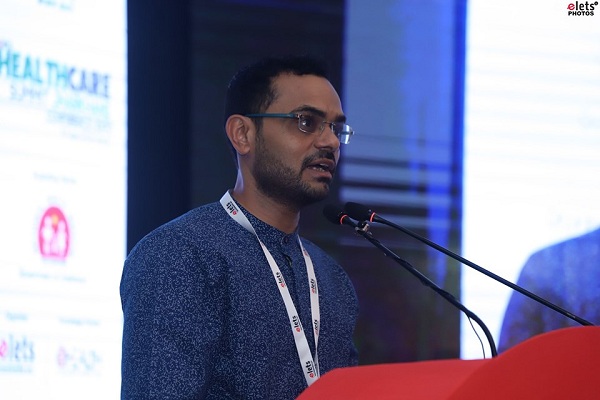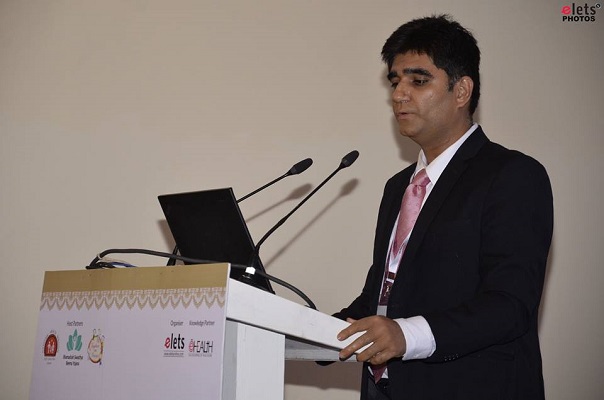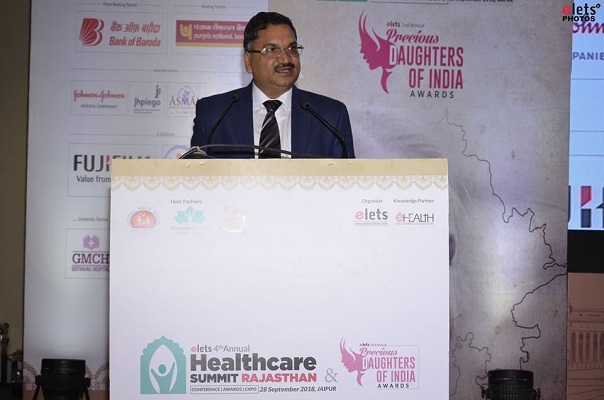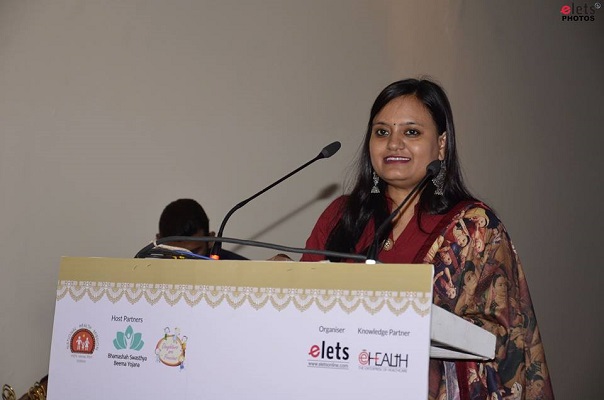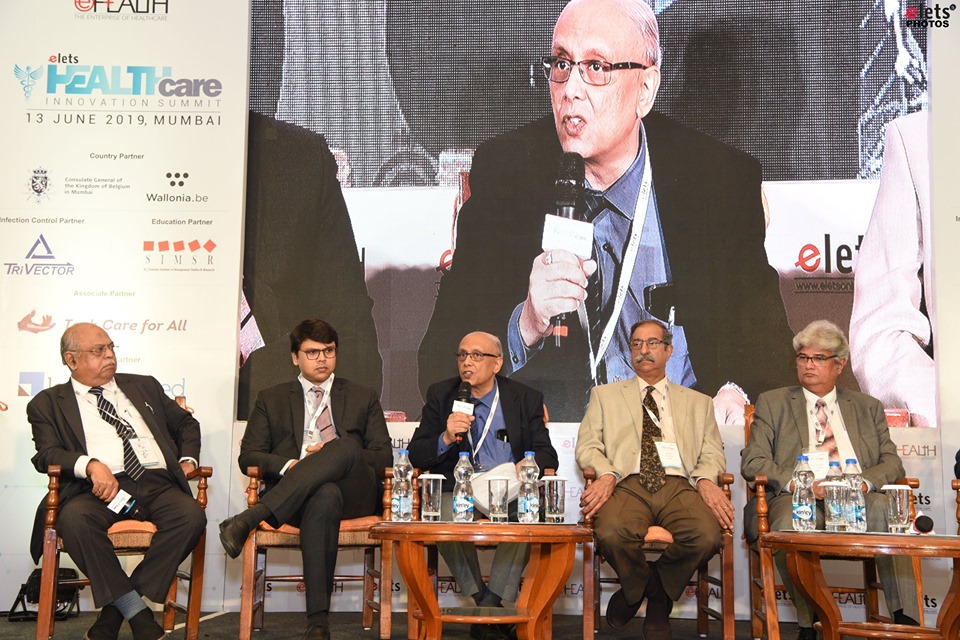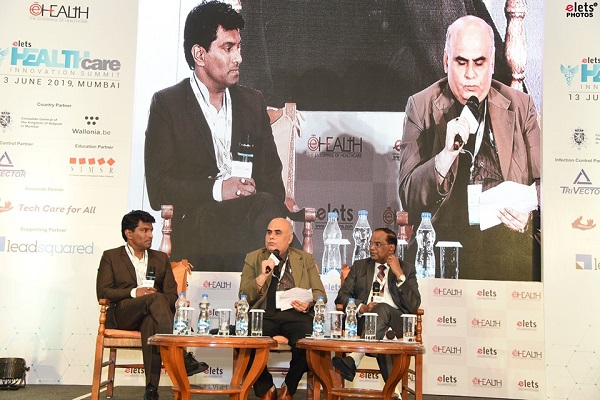
 As an enabler, technology has played a pivotal role to improve clinical outcome. Latest diagnostic equipment has not only helped doctors to diagnose disease at early stage but also enabled them to suggest curative measures to provide relief to patients. The Municipal Corporation of Greater Mumbai is leaving no stone unturned to provide people best facilities at affordable rates, leveraging latest and advanced technologies. But high end technology has certain cost attached as majority of equipment are imported. It becomes really difficult to balance both cost and quality at the same time.
As an enabler, technology has played a pivotal role to improve clinical outcome. Latest diagnostic equipment has not only helped doctors to diagnose disease at early stage but also enabled them to suggest curative measures to provide relief to patients. The Municipal Corporation of Greater Mumbai is leaving no stone unturned to provide people best facilities at affordable rates, leveraging latest and advanced technologies. But high end technology has certain cost attached as majority of equipment are imported. It becomes really difficult to balance both cost and quality at the same time.
Shedding light on various aspects centred around quality, affordablity, and role of advanced technology, healthcare experts from various MCGM hospitals congregated at Urban Healthcare Summit in Mumbai recently. They shared best practices adopted by corporation hospitals.

Underscoring the role of latest technology to boost patient care, Dr Shripad Banawali, Prof and Head, Dept. of Medical & Pediatric Oncology, Tata Memorial Hospital, said, “Technology has not only helped us to diagnose various diseases at an early stage, but it also proves to very effective in treating the disease effectively. In acute myeloid leukemia (AML), till some years ago the outcome was only 15 percent which has now increased to 40-45 percent.”
“But the technology has certain price attached to it. Cost of cancer treatment has gone up due to adoption of modern technologies like genomics and targeted therapy. Though technology has improved outcome but at the same time it has escalated the out-of-pocket expense,” he further said.

Elaborating on how digital radiology has helped KEM Hospital to improve treatment of patients, its dean Dr Hemant Deshmukh said, “People might have idea what happened to Kodak when digital image hit the market. People used to take lots of digital images at that time, so there was total extinct of paper images. Same things happened to digital radiology. With digital radiology, we can take more number of X-rays, store, transfer and archive them.”
“These images get ready within a minute while the paper images used to take a day or two. The corporation bought lots of digital X-ray machines. We have these digital images incorporated into PAC system. Greatest advantage of digital image is that patients don’t need to come again and again for X-rays.”
Highlighting features of digital images, he said, “Picture archiving and communication system (PACS) and Health Management Information System (HMIS) have revolutionised entire imaging system. We can store all images in the cloud, archive and retrieve them. We have introduced latest CT scan called single breadth hold CT scan. It is done within 15 seconds till a patient can hold his breath. It is so fast and accurate that within 15-20 seconds entire CT scan of body can be done. The common man visiting corporation hospital can avail the facility at fraction of cost in comparison to private hospitals.”
Dr Neelam Andrade, Dean, Nair Hospital Dental College, said, “Nair Hospital receives about three lakh patients a year. We have cut-down our waiting list by taking away our lunch hour. Our hospital is the first in India which has its own indoor beds in the hospital and OT complex in the medical colleges. Among these 3 lakh patients we get a small group of patients who are referred to us as tertiary centres.”
“These patients suffer from Obstructive Sleep Apnea Syndrome (OSA) where airways get narrowed. These patients require treatment for OSA besides opening of their jaws. Nair hospital provides complete investigation to these patients. We have managed the indigenous machine to them free of cost,” Andrade said.
Responding to what have been done in cardiac surgery and affordable intensive care patient by Lokmanya Tilak Municipal Medical College and General Hospital, its dean Dr Jayashree Mondkar said, “When we talk about high-end technology being made available at an affordable cost, one of the best examples would be interventional cardiac services as well as cardiac surgical services which municipal corporations provide through major teaching hospitals. These hospitals have State-of-the-art cardiac catheterisation laboratory. In addition, we have modern equipments including 3-D ecocardiography, intravascular sonography, and optical tomography to provide high standard of care to patients.”
Dr Ganesh Shinde, Dean, Cooper Hospital, said,”Cooper Hospital is making a mark through best- in-class services, though the hospital is still at inception stage. We have been supported by our sister-concerns. Very soon, the hospital will have cath labs, and trauma centres. The referrals (patients refereed from our hospitals) to central hospitals is zero percent. Patients are managed and tackled here with all services except dialysis.”
Dr Mamta Manglani, Director, Thalassemia Care Centre, MCGM, said, “The corporation has thoroughly supported us to develop the Bone marrow centre. It is one of its kinds in the country and across the world. We provide comprehensive care for Thalassemia under one roof. It’s MCGM-run centre.
“It is one stop centre where a patient gets endocrine, cardiac, hematology evaluation, as well as audiology and ophthalmology investigation for side-effects monitoring. We also provide pre-natal diagnosis to pregnant women who are mothers of Thalassemic children. All basic tests are being provided by the centre.”
Be a part of Elets Collaborative Initiatives. Join Us for Upcoming Events and explore business opportunities. Like us on Facebook , connect with us on LinkedIn and follow us on Twitter , Instagram.


